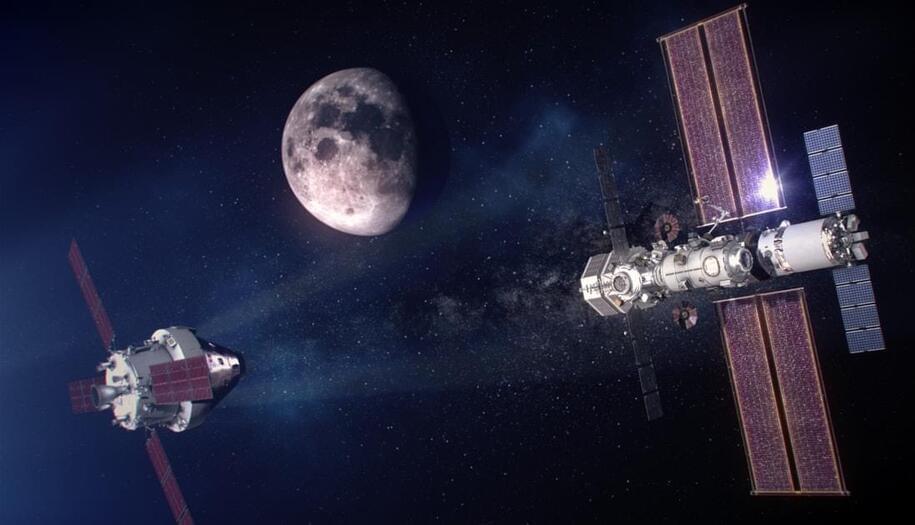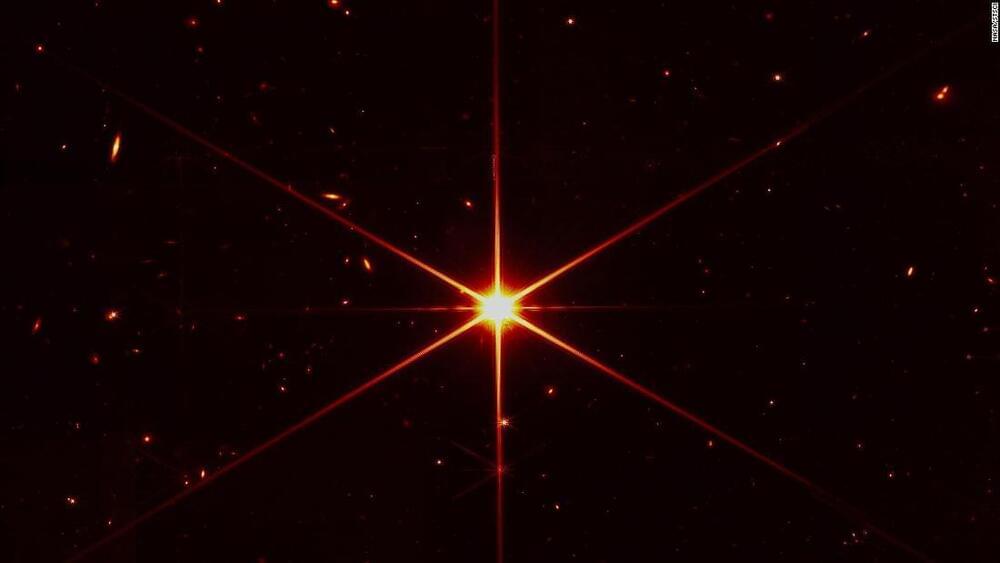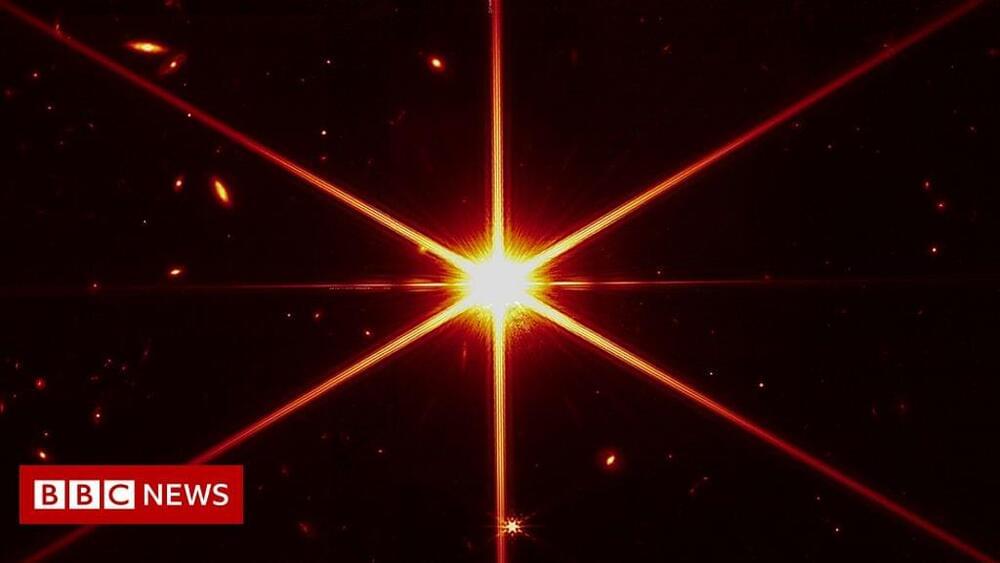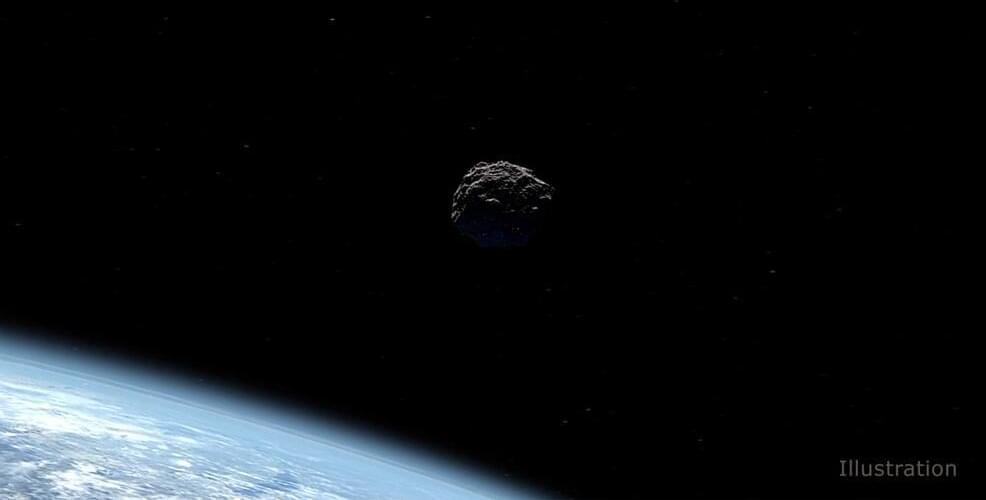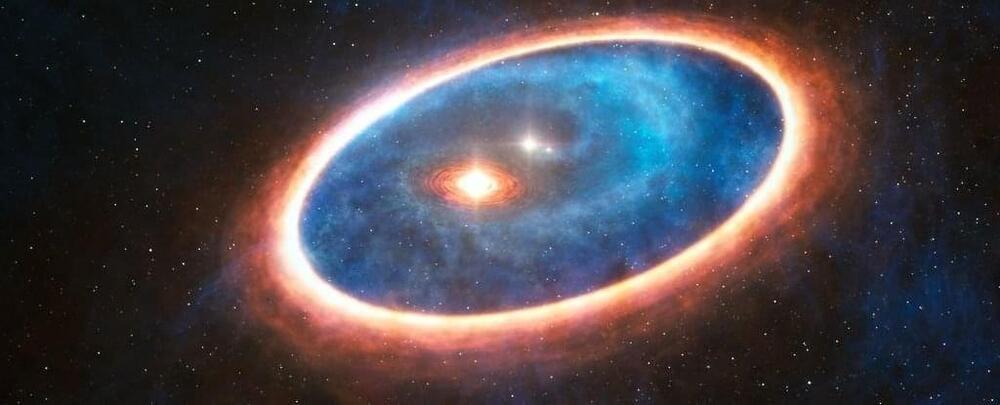This is huge.
The project will be the first time humans have tried to situate a permanent orbital space station around the Moon.
Here’s everything you need to know about the Lunar Gateway.
What is the Lunar Gateway?
The Lunar Gateway is a crewed space station designed to orbit the Moon. In this sense, it is similar to the International Space Station, which currently orbits the Earth.
